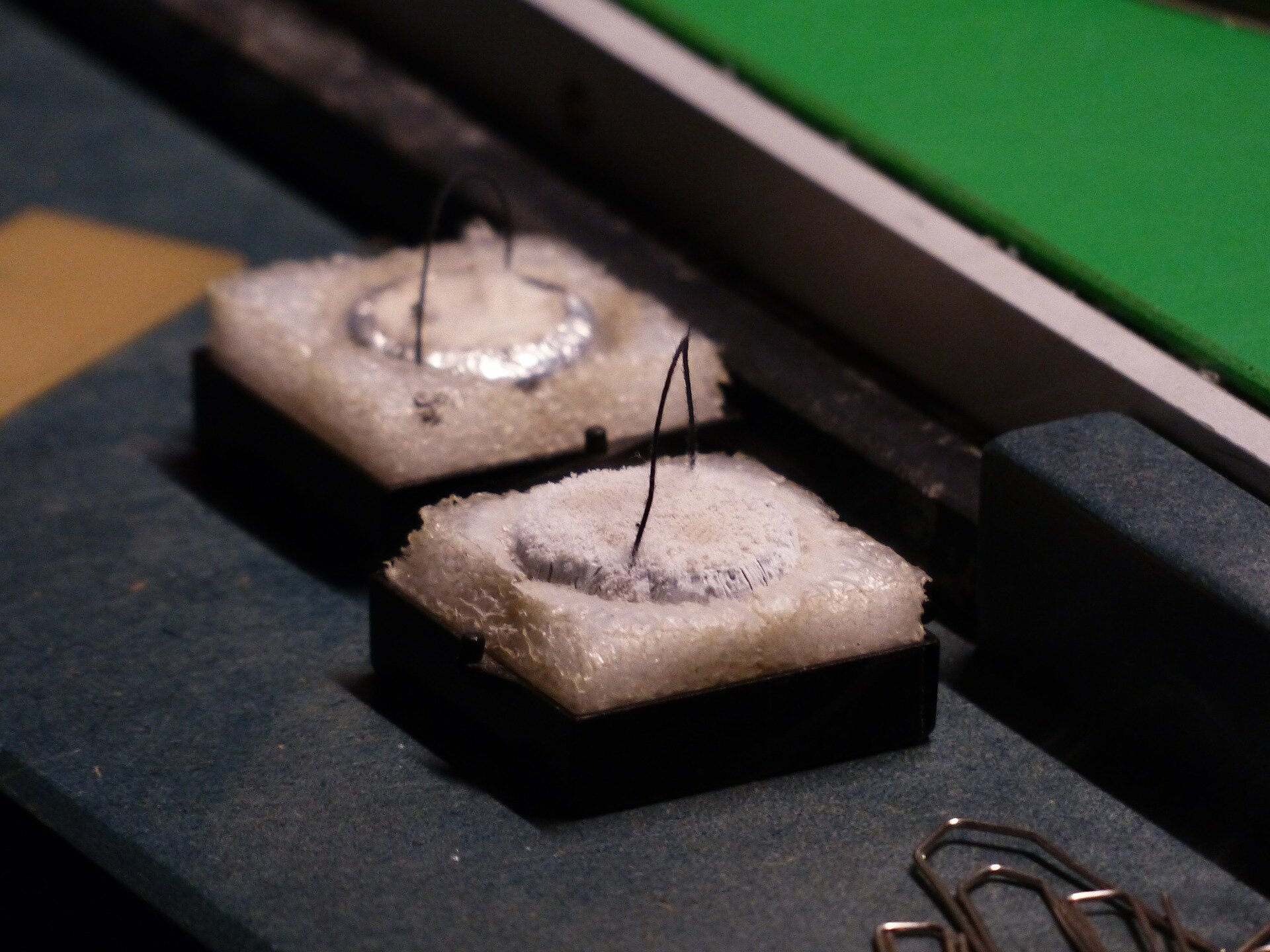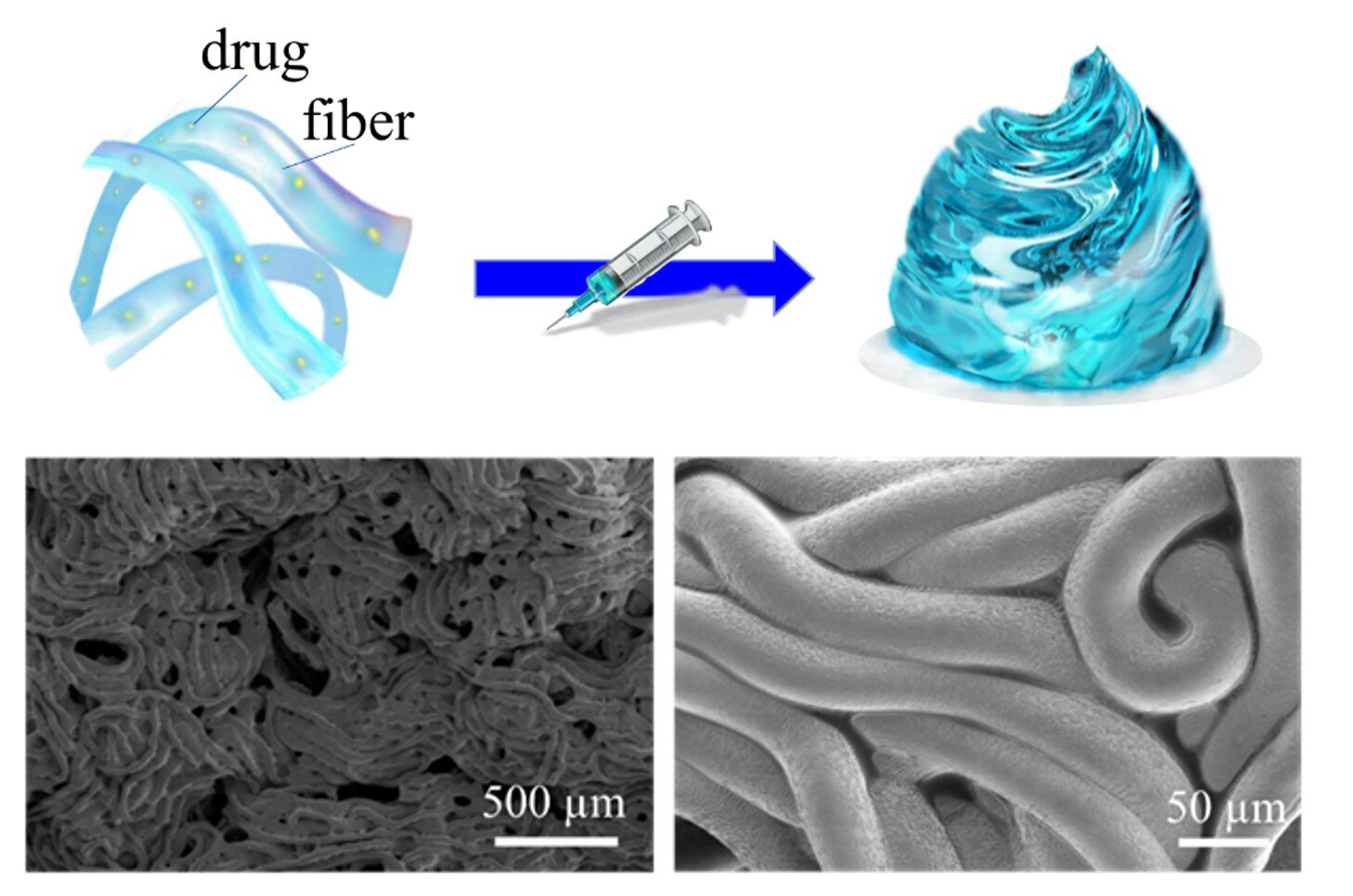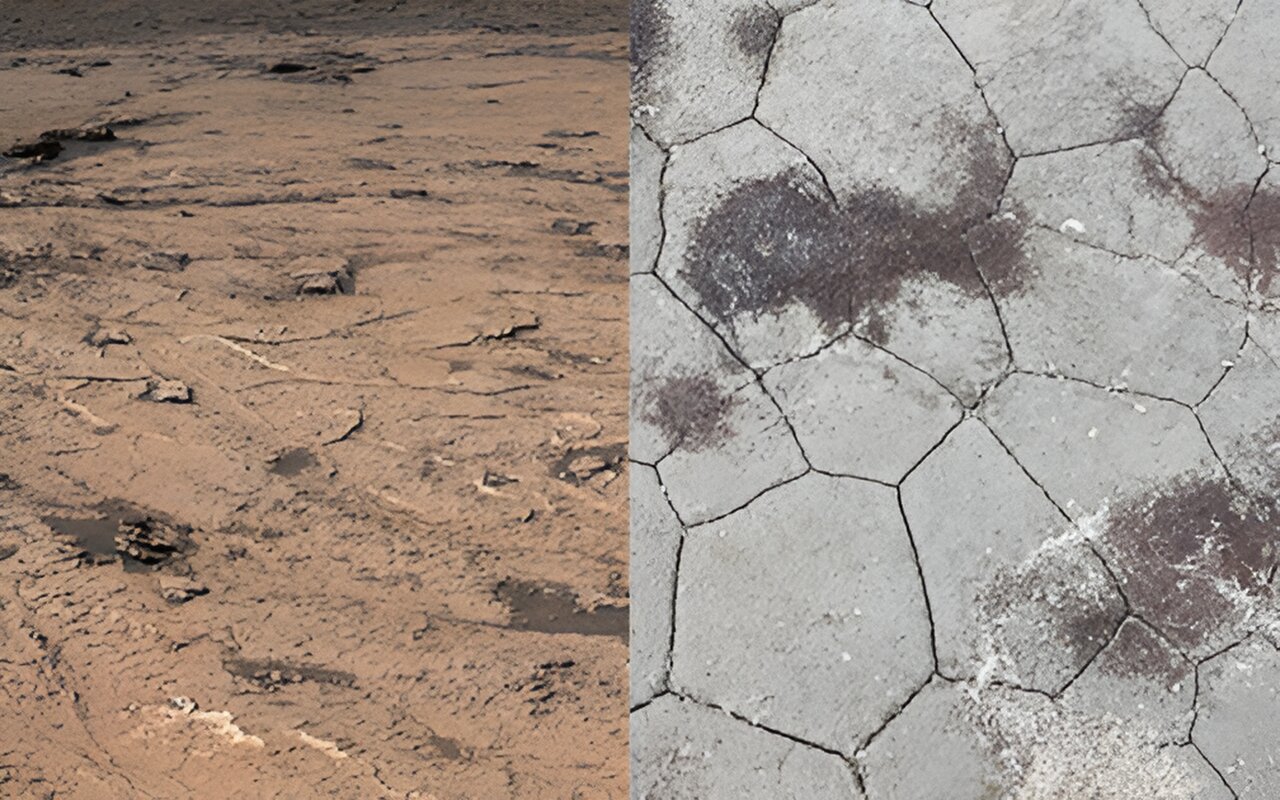A recent claim by South Korean researchers has sparked excitement on social media and skepticism from scientists. The claim suggests that they have created a material that acts as a superconductor at room temperature, a long-standing goal in physics.
Superconductors have the ability to carry electrical currents with zero resistance, unlike traditional materials such as copper. However, existing superconducting materials require extremely cold temperatures and high pressure to function, limiting their practical applications. The search for a room-temperature superconductor is crucial for advancements in technology, including combating climate change, enhancing quantum computing, and improving high-speed trains that levitate.
A group of South Korean physicists recently published a preprint study claiming that their material, LK-99, can superconduct at room temperatures and ambient pressure. They even shared a video showing a small piece of the material levitating above a magnet as evidence. This news quickly gained attention on Twitter, with amateurs speculating and scientists rushing to replicate and verify the findings.
However, laboratories in China and India were the first to report that the material could not superconduct at room temperature. Despite this setback, several preprints exploring the theoretical aspects suggest that LK-99 may still have the potential for the long-awaited breakthrough.
‘Trial by Twitter’
Amidst the social media frenzy, experts in the field emphasize the importance of patience and the scientific process. Susannah Speller, a researcher at Oxford University, warns that “trial by Twitter is not going to replace the standard scientific process for checking and verifying work.” Julien Bobroff, a physicist at Paris-Saclay University, adds that there have been numerous false claims about superconductors over the years. The scientific community remains skeptical due to past disappointments, including the retraction of a study claiming room-temperature superconductivity.
So why is the reaction different this time? Speller and Bobroff attribute it to the video shared by the South Korean researchers, which created a visual impact on social media. However, Speller cautions that levitation alone is not a definitive test for superconductivity.
‘Not convinced’
Superconductors already have various applications, but if a true room-temperature superconductor is discovered, it could revolutionize the electrical grid. Currently, a significant amount of electricity is lost during transmission. A room-temperature superconductor could save a substantial amount of energy, equivalent to removing nuclear reactors. However, experts like Speller and Amalia Coldea from Oxford remain unconvinced about LK-99’s claims. Even if it does turn out to be a room-temperature superconductor, it may not be easily adaptable for practical use.
Further tests will shed more light on LK-99’s superconducting potential in the coming weeks, but definitive answers may take time. As British scientist Toby Perring states, “Extraordinary claims require extraordinary evidence.”








